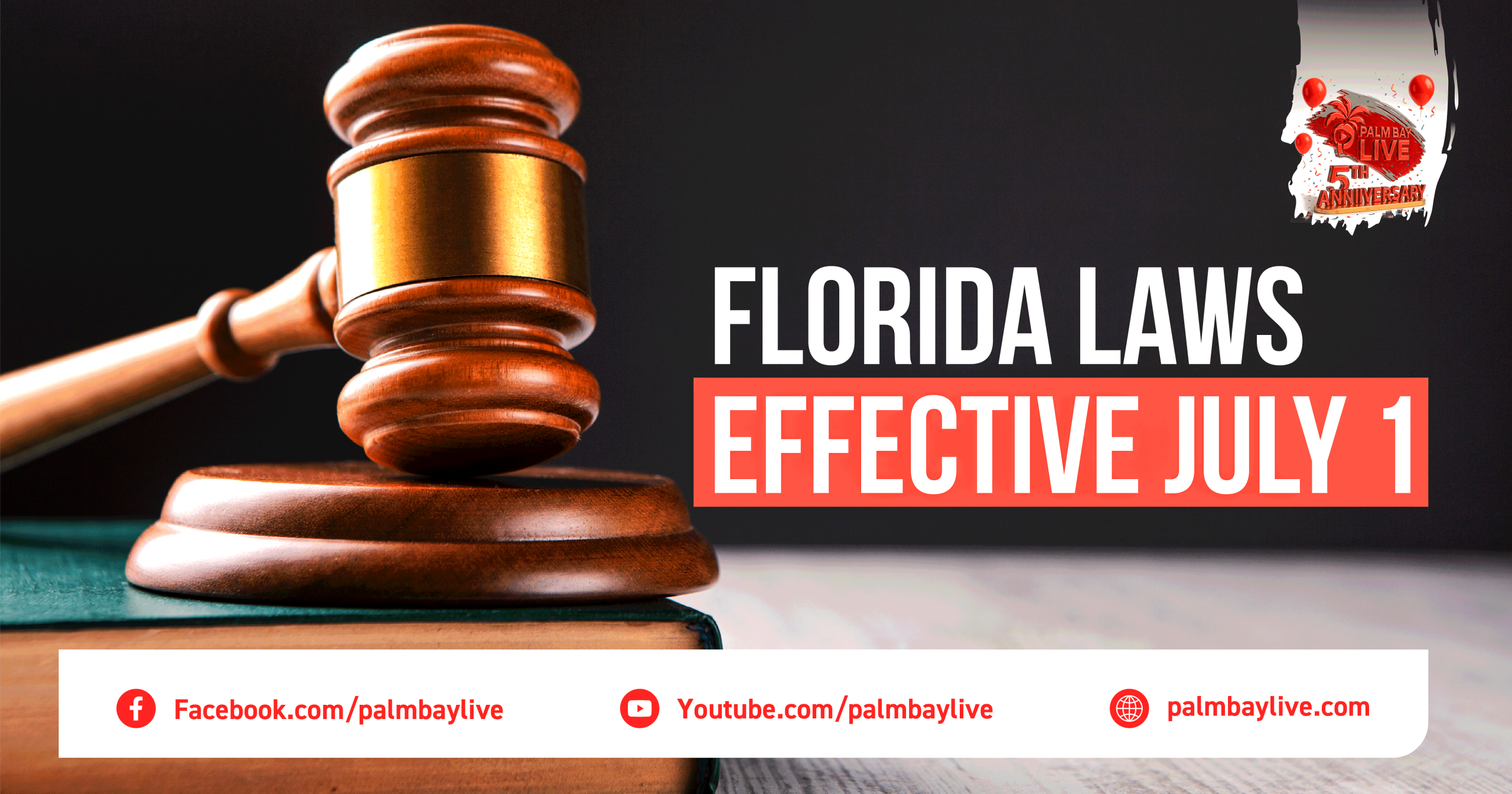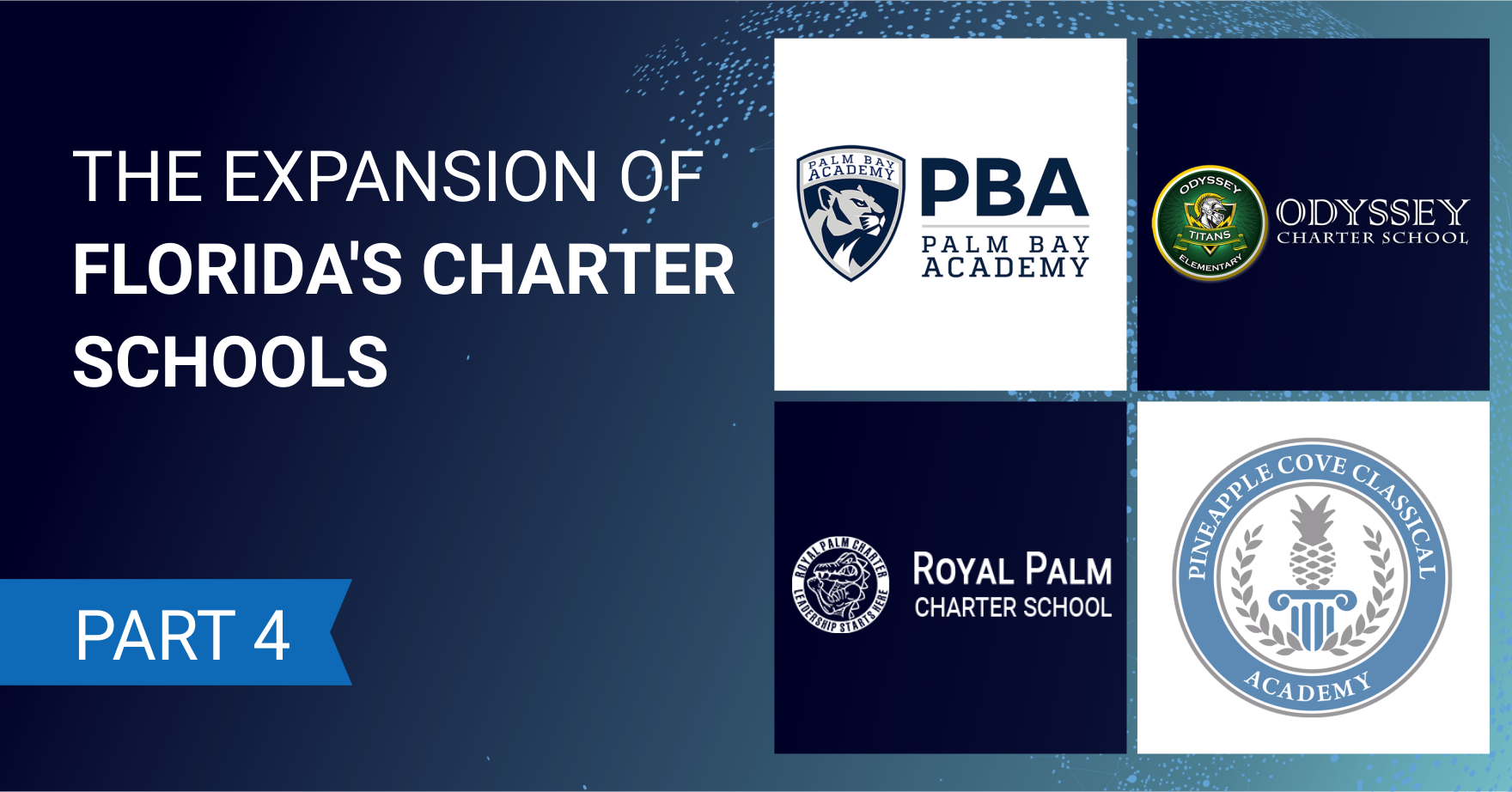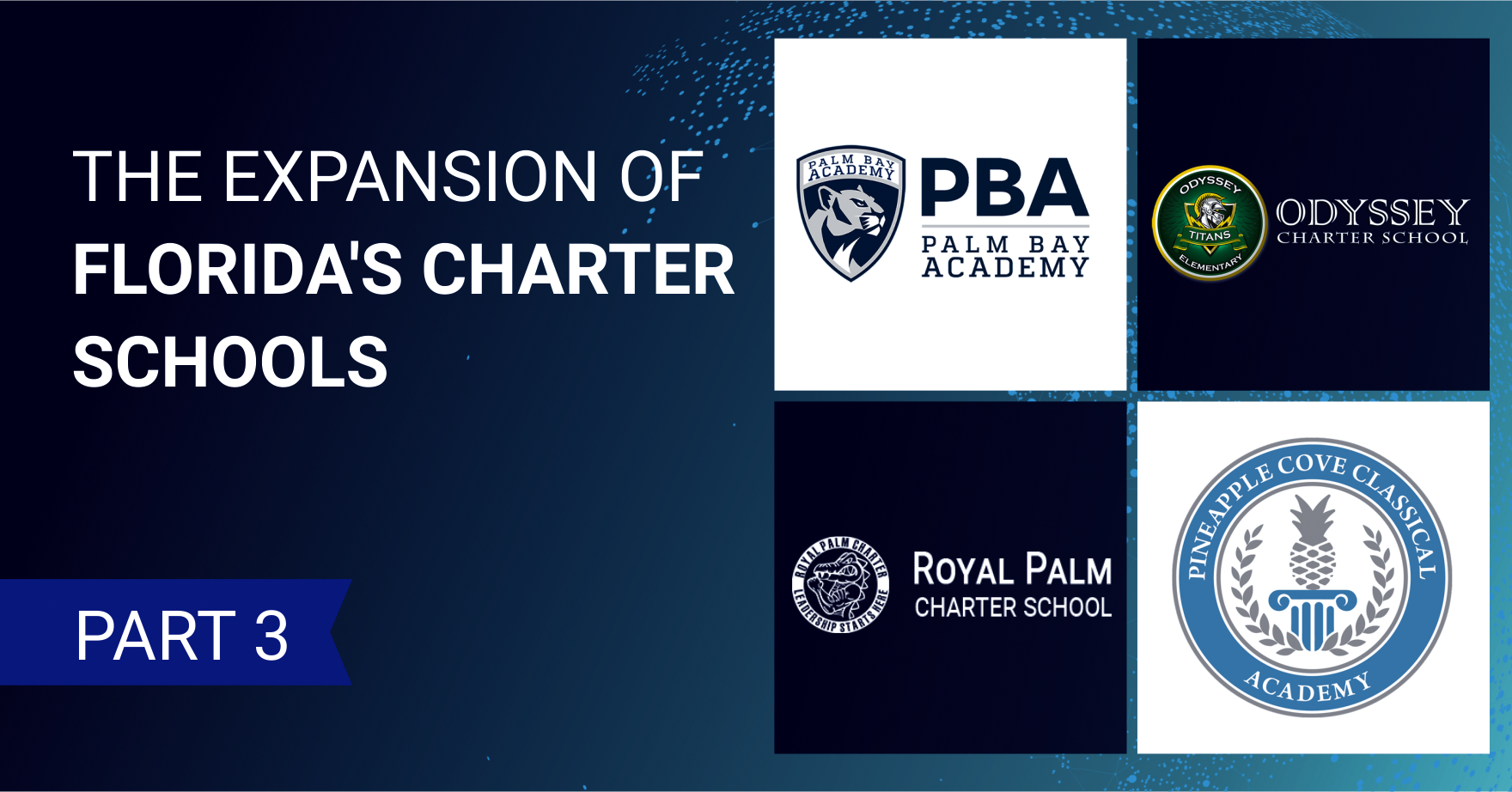
Florida Laws Effective July 1
Palm Bay, Fla. — The Florida Legislature’s 2025 session, which stretched to June 16, has introduced several laws effective July 1, 2025, igniting discussions in Palm Bay. Backed by Governor Ron DeSantis and the Republican-led Legislature, these measures address firearms, school cell phone use, immigration, and more. A proposed “no touch” cell phone driving law […]

Brevard County Charter School Operations and Oversight
According to Russell Bruhn, Chief Strategic Communications Officer for Brevard Public Schools, charter schools in Brevard County are financed through a combination of state, local, and federal funds, similar to other public schools. The primary source of funding is the Florida Education Finance Program (FEFP), which allocates funds based on the number of full-time enrolled students. Additionally, charter schools have the opportunity to enhance their funding through federal grants. One notable example is the Charter School Program Grant, which supports the planning and initial implementation of charter schools.

Brevard Public Schools Board Votes to Approve Expansion of Guardian Program
BPS Superintendent Dr. Mark Rendell noted: “This is an additional layer of security for our schools. While this program is new to Brevard, it is not new to Florida as numerous other districts have had Guardians in schools for several years. The individuals who will be in the program are not classroom teachers or other positions that are part of the instructional staff covered by the teacher contract. All Guardians will have to go through the same screening process and intensive training that is required by our School Safety Specialists. I am thankful that we have employees who are willing to volunteer to serve in these positions. I am also grateful for the strong partnership we have the Brevard County Sheriff’s Office which provides such rigorous training.”

Profit Over Pupils? For-Profit Dynamics in Florida’s Charter Schools
Reports and investigations have revealed instances where for-profit management companies exert substantial control over charter schools’ day-to-day operations, sometimes funneling a significant portion of the schools’ revenue into fees or lease payments to related entities.
